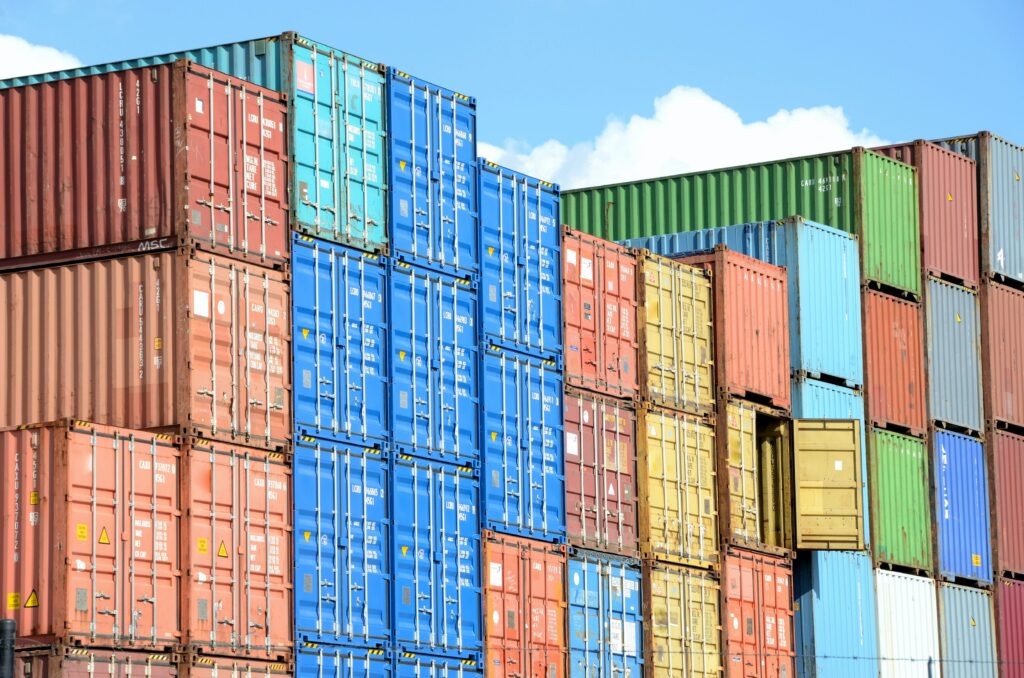How to ensure you don’t run out of stock when sourcing and importing products from China
If you want to make a big splash in the eCommerce world, you’re probably going to want to source many of your items from China. The country boasts an impressive approach to product creation that can often be more affordable and efficient than sourcing inventory from elsewhere. But with the supply chain issues of modern day, you should be as focused on avoiding stockouts as you are on saving money. To that point, here are 7 tips to help you import inventory from China without running out of stock.
1-Factor in lead times
As you start looking into importing items from overseas, the first issue that you are going to encounter is the very long shipping times. The products have to get on ships or planes to arrive at their destinations, and that can end up taking days… if not weeks. This may cause you to want to work with the first factory you find that offers a relatively short shipping period in comparison.
But it’s important to remember that shipping time is only one part of the equation. There’s something else that can cause an item to take a lot of time to reach you: lead times. That includes how long it takes the factory to process your order, manufacture your item, and package it. For some vendors, this can take as much time as the actual shipping. Remember to factor this in when you’re making your decision.
2-Negotiate how long your price will be valid
Doing business in China isn’t the same as in other countries. You need to go into the process of importing products with the knowledge that you will need to adhere to certain Chinese business customs that you may not be accustomed to. One of these is the fact that contracts with Chinese factories are often negotiated and re-negotiated throughout the time that they work with an American business.
This might sound like an issue, but you can actually use it to your advantage. When these negotiations are happening, you should focus on securing a longer period of validity for the price that was initially offered to you. Many Chinese factories will try to jack up prices after you’ve worked with them for a certain period, but getting them to agree to a 180-day validity period is a strategy that has worked for many American businesses. You can even aim for a longer span of time than this if you want.
3-Get ready for those renegotiations
In the same vein as the tip above, you should try to be as ready for negotiations as possible. It’s a bit of a foreign concept for some business owners, but these frequent negotiations over fees and other logistical issues are pretty normal in the world of Chinese commerce and manufacturing. That means that you should always be mentally prepared to talk things over with your overseas friends and find a solution that works for both you and them.
If you aren’t ready for these negotiations, you might find that your relationship with your vendors starts to fall apart. The Western business owners who stubbornly refuse to budge on their contracts might even just get dropped by factories who don’t view them as being worth working with. If that happens, you’ll need to scramble to find new vendors while your inventory quickly gets depleted due to a lack of incoming products.
4-Pick simple products
Although Chinese manufacturers are generally quite good at what they do, you need to consider a very important fact: China is probably very, very far away from where you are. That means that any problems that your vendors encounter overseas will be dramatically more impactful for you than if the factory was next to your house. If an already long wait period becomes doubled due to manufacturing errors, that can turn one month into two. That’s not really an acceptable delay – you’ll definitely run out of stock.
To avoid this, you should aim to make your imported products as simple and worry-free as possible. If they’re both easy to manufacture and ship, you’ll have far fewer delays due to faulty products or manufacturer error. Although making your more complicated items closer to home might be more costly, it may actually save you money in the long run.
5-Plan a grace period into your supply chain
No matter how hard you plan, you still might encounter some delays with your overseas vendors. That’s just the nature of eCommerce: there are always going to be factors that are out of your control. You can’t really prevent a natural disaster, for instance.
What you can do, though, is plan a grace period into your supply chain so that you aren’t relying on the idea that your shipments from China will always arrive on a very tight schedule. Give yourself some wiggle room just in case some delays happen. Because, at one point or another, they probably will.
6-Visit the factory in person
This tip isn’t going to be actionable for every business owner out there, and that’s okay. But still, if you have the ability to do so, almost everyone recommends making the trip to actually go and visit the factory you plan on working with in person. First of all, face-to-face meetings are really valued in Chinese business culture, and it will show that you’re serious about developing a good relationship. Second of all, it will help you verify if the factory is reliable. Nothing beats actually seeing how their business functions.
If you aren’t able to do this, no worries. Plenty of business owners simply do lots of research before picking a vendor, and they’re still able to make good decisions despite not actually making the trip to China. Making the trip is a luxury, but it can definitely be worth it.
7-Work with a sourcing agent
You know what they say: when all else fails, use a sourcing agent. Okay, no one really says that, but we think they should. A sourcing agent is someone with a ton of knowledge about manufacturing that can help you find the perfect factory to work with. They will preferably be on the ground in China to visit factories and give you all the information that you need.
Because the process of selecting a Chinese vendor is both complicated and critical to your shop’s success, it can feel daunting to take all of that responsibility into your own hands. Working with a sourcing agent is like activating a cheat code that will help you skip all the worrying and doubt. It won’t be a viable option for everyone – and some still might prefer to do it themselves – but it can really help for those that aren’t sure what to do or where to begin.













